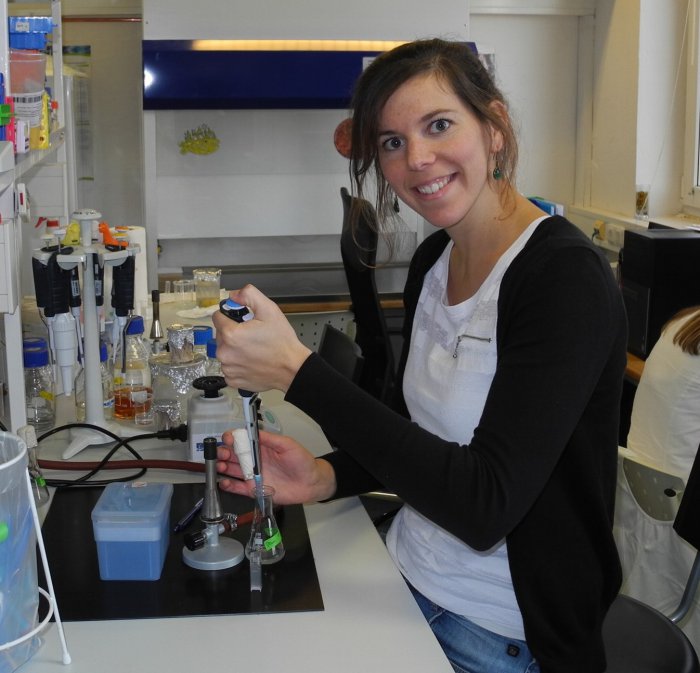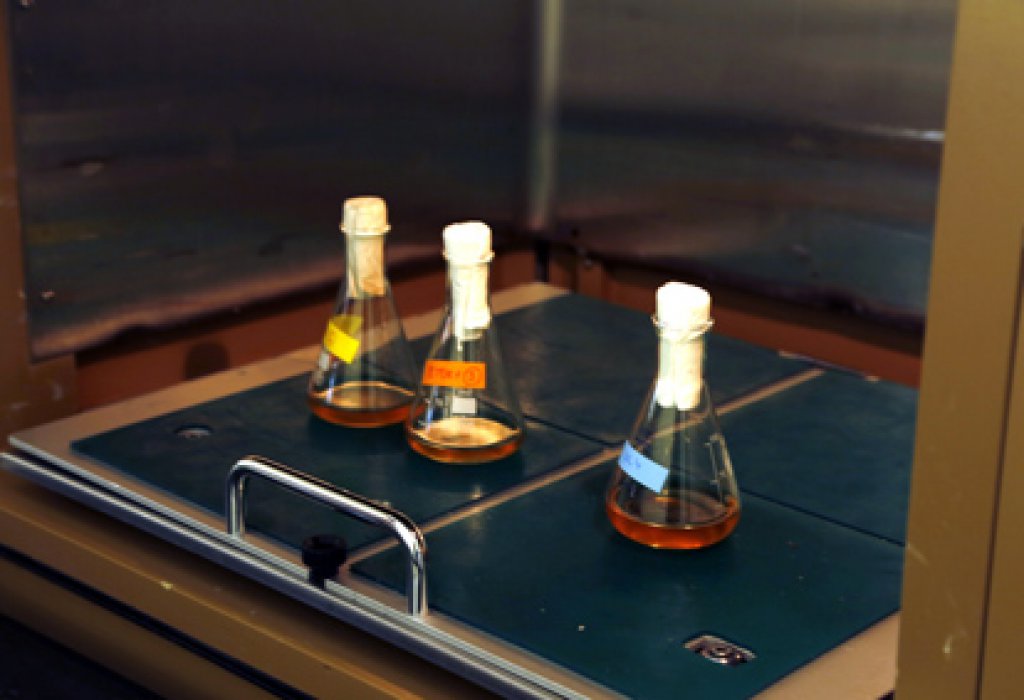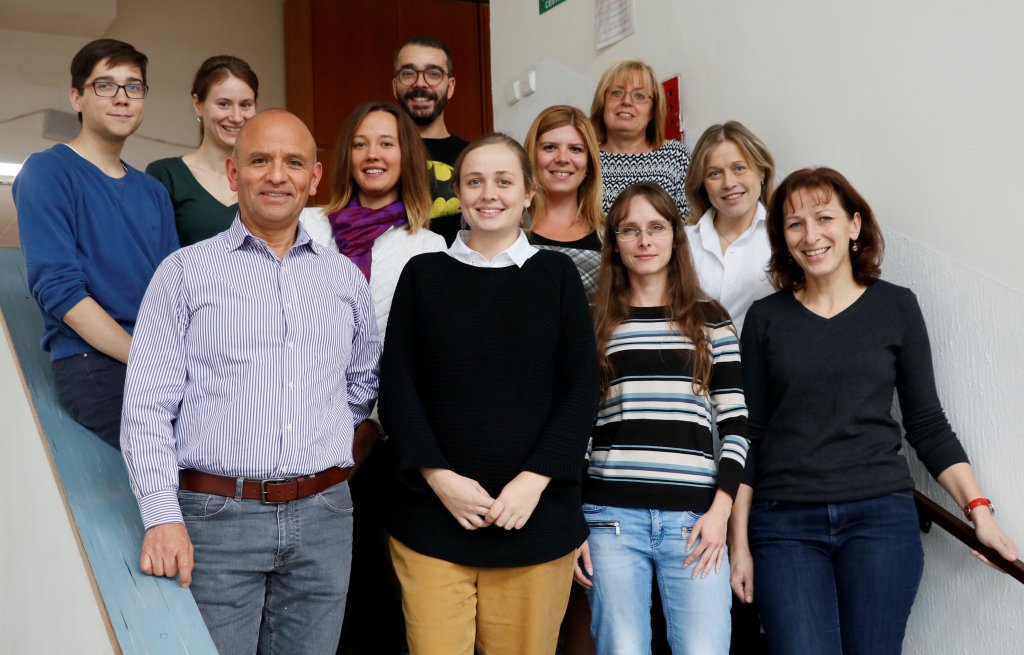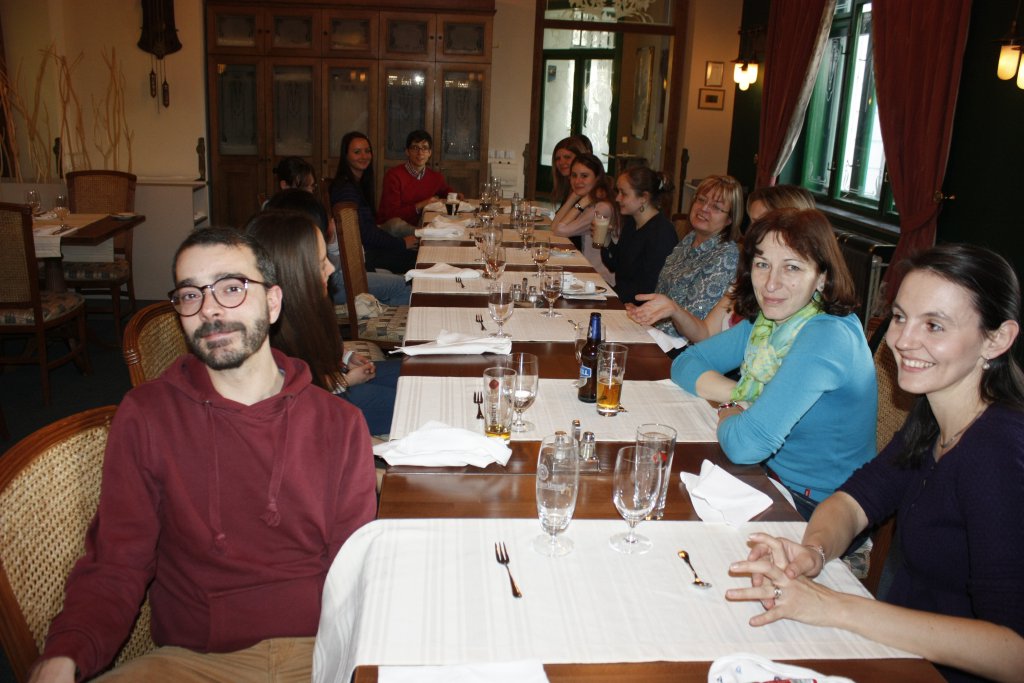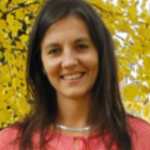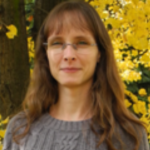Laboratory of Membrane Transport
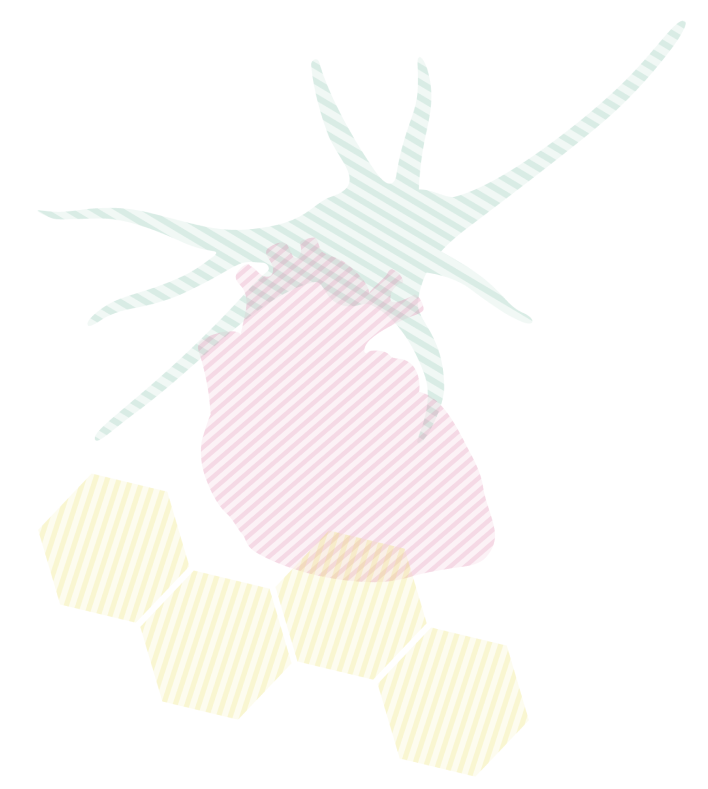
Content of this page
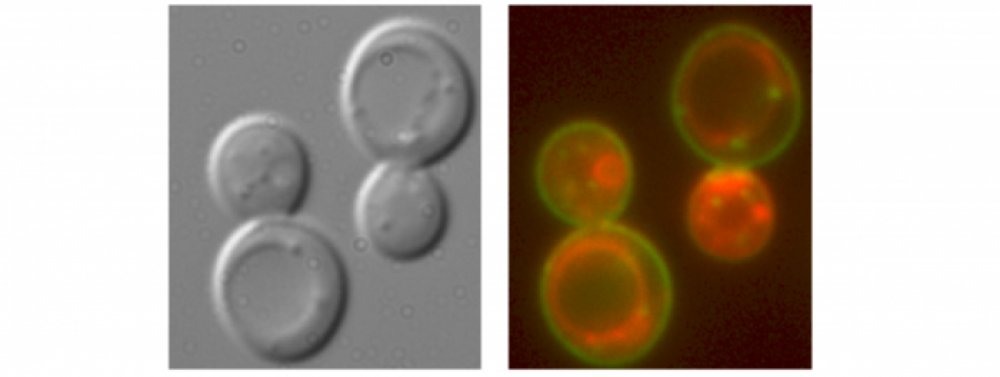
Sodium and potassium transporting protein observed in yeast cells through a fluorescence microscope. Green fluorescence corresponds to the protein localized in the cell plasma membrane; red fluorescence visualizes membranes of vacuoles.
About the Laboratory
We study the proteins transporting compounds and signals across the cell membranes. These proteins, called transporters, assure the uptake of nutrients into the cells, efflux of waste compounds from cells and communication with the environment. To study the animal and plant transporters, we mainly use a model eukaryotic microorganism – yeasts. Our research is focused mainly on:
- Structure, function and regulation of cell transport systems at protein molecule level.
- Role of transporters in specific cell properties and in diseases.
- Role of transporters in Candida virulence and pathogenicity.
- Development of new techniques to estimate cell physiological parameters.
Projects
Achievement
Participation in project "Otevřená věda"
Our laboratory is already for many years involved in project Otevřená věda organised by Czech Academy of Sciences. The mission of this successful project is to lure enthusiastic students from secondary schools and show them how amusing the science can be.
Denis Cmunt is one of the first students who started the scientific career in our laboratory with support of Otevřená věda. The link to the inspiring interview with Denis is mentioned below (only in Czech).
Natálie Pořízková is another successful student who came to our laboratory via Otevřená věda. Natálie captivated the committee with her work and won the first place in category Live Nature/medical sciences and Biochemistry during the closing conference of Otevřená věda. Here you can read the interview with Natálie (in Czech):
In 2022, another student, Martin Kubeš, from the Gymnasium in Čáslav, won 1st place at the final student conference of the Open Science project, and the knowledge he gained during his internship also helped him succeed at the International Biology Olympiad. He is currently continuing his studies at the Faculty of Science of Charles University in Prague.
A student of the Gymnasium in Opava, Tereza Przeczková, used the results of her internship within the Open Science project to write a thesis for the high-school student competition Secondary School Professional Activity (SOČ), where she placed 6th in the national round of the competition in June 2024 in the category of Molecular Biology. Thanks to this work, Tereza also became the winner of the 18th edition of the prestigious Česká Hlavička Award in the GENUS category, which supports outstanding Czech students in technical and natural sciences. Owing to her achievements and ability to present scientific results, she managed to obtain essential financial support from the Simona Kijonková Foundation, and in September 2024 she began her bachelor’s studies in Biomedicine at University College London.
The current knowledge about membrane transport in yeast is summarized in a new book.
José Ramos, Hana Sychrová, Maik Kschischo
Fruitful Czech - Belgian collaboration with group of Dr. Pierra Morsomm from Université catholique de Louvain.
Anne-Sophie Colinet
Successful collaboration with the group of Dr. Pierre Morsomm was crowned by the short-term research fellowship of Belgian student Anne-Sophie Colinet at our department. The aim of joint project is the uncovering of the transport mechanism of Gdp1p in Golgi apparatus of S. cerevisiae. Gdp1 is the Ca2+ transporter homologous to the product of human gene TMEM165. Mutations in this gene are associated with the autosomal recessive disorder Congenital Disorder of Glycosylation, type IIk (CDG II). The main task of Anne-Sophie Colinet was the measurement of the intracellular pH in S. cerevisiae lacking gene encoding the Gdt1 transporter.
We look for antifungal drugs as a part of a European consortium
On October 1, 2013, our new European project entitled Molecular Mechanisms of Human Fungal Pathogen Host Interaction (ImResFun, FP7-PEOPLE-2013-ITN ) has started. In the consortium composed of nine laboratories and three companies from nine European countries, we will study the interaction of pathogenic yeasts with cells, tissues and organs of the host. Our aim is to identify so far unknown targets in pathogenic yeasts for the development of new antifungal drugs.
Publications
Papoušková; Klára - Akinola; J. - Ruiz-Castilla; F. J. - Morrissey; J. P. - Ramos; J. - Sychrová; Hana The superior growth of Kluyveromyces marxianus at very low potassium concentrations is enabled by the high-affinity potassium transporter Hak1. FEMS Yeast Research. 2024; 24(17 Oct); foae031.
IF = 2.7
Papoušková; Klára - Zimmermannová; Olga - Sychrová; Hana Distinct regions of its first intracellular loop contribute to the proper localization; transport activity and substrate-affinity adjustment of the main yeast K plus importer Trk1. Biochimica Et Biophysica Acta-Biomembranes. 2024; 1866(7); 184369.
IF = 2.5
Petrisková; L. - Kodedová; Marie - Balážová; M. - Sychrová; Hana - Valachovič; M. Lipid droplets control the negative effect of non-yeast sterols in membranes of Saccharomyces cerevisiae under hypoxic stress. Biochimica Et Biophysica Acta-Molecular and Cell Biology of Lipids. 2024; 1869(7); 159523.
IF = 3.3


